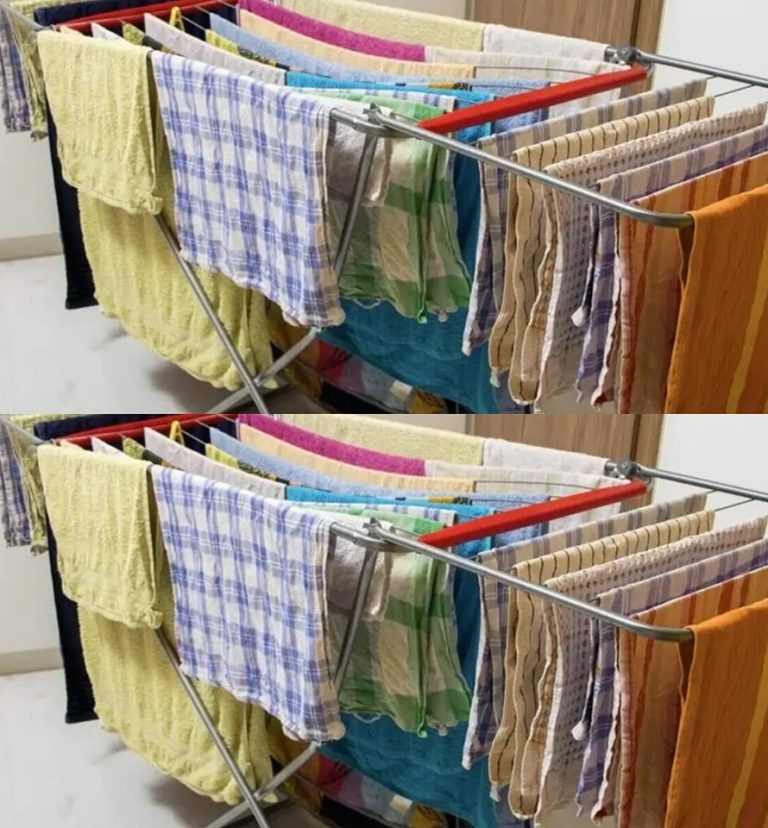If it is recommended to dry your laundry in the sun, it is because it is a completely healthy and ecological habit. And for good reason, we know that the sun emits ultraviolet rays capable of eliminating a certain number of pathogenic organisms. On the other hand, indoor drying is not recommended. On the contrary.
By drying laundry at home, you allow moisture into your space, causing mold to appear. And it is the latter which can have serious repercussions on health:
- Mold spreads quickly throughout the room
When you hang your laundry in a dryer, the humidity in the room increases by 30%, as specified in an article on the Consoglobe website. And for good reason, all the water in your laundry basket evaporates and spreads into the air.
Consequently, as humidity increases, the air in the room becomes contaminated with mold and fungus, the effects of which on health can be particularly harmful.
- Humidity has repercussions on health, especially for asthmatics
For people with asthma, humidity can be a dangerous factor that can lead to difficulty breathing. As indicated on the health site, Medisite, if inhaling spores with mold is not dangerous, it is quite another for people with asthma and those with respiratory problems.
- Humidity can lead to lung infection
Apart from people most at risk, such as those suffering from asthma, humidity can cause allergies as well as lung diseases. In much rarer but no less notable cases, it can lead to a lung infection that can be fatal.
David Denning, professor of medicine and mycology and director of the National Aspergillosis Center in Manchester, said that “every year, several patients go through intensive care because of these types of infections. It is therefore important to know the dangers of humidity.”
Other risks of drying your laundry at home
– The feeling of cold in winter: The cold can be felt more in an environment with humid air. Therefore, this could cause some people to increase the heating temperature
– Bad odors: Persistent musty or damp odors
– A feeling of fatigue or headaches
– The spread of mites
– Rust of metal objects. Please note that this can be eliminated with lemon and salt.
– Condensation may appear on windows and wall corners
What should you do if you have to dry your wet clothes indoors?
In this case, certain measures should be respected to limit the risks of drying indoors as much as possible:
_ Your clothes, towels and sheets should be spaced out in your drying rack for better air circulation between the textiles. Do not hesitate to remove dry laundry to improve ventilation.
_ Capitalize on spinning the clothes at maximum speed to end up with as few damp clothes as possible
_ Prefer the day to dry your laundry. Drying is accelerated by light and hot air.
_ If you have too many items to dry, you can use hangers
_ Use clothespins to avoid contact between damp fabrics
_Put your drying rack in the least humid room. The ideal is that it has a window to evacuate humidity and ventilate the room
_ Keep the drying rack away from a heat source such as a radiator or fan. This will only have the effect of promoting the evaporation of humidity and creating even more saturated air.
_ It is not a very good idea to hang your damp laundry in the bathroom because it is one of the damp rooms
_ You must regularly ventilate the room in which your drying rack is placed. In this case, you will not need a humidity absorber (or air dehumidifier)
_ To get closer to an ideal humidity level, do not hesitate to renew the air
